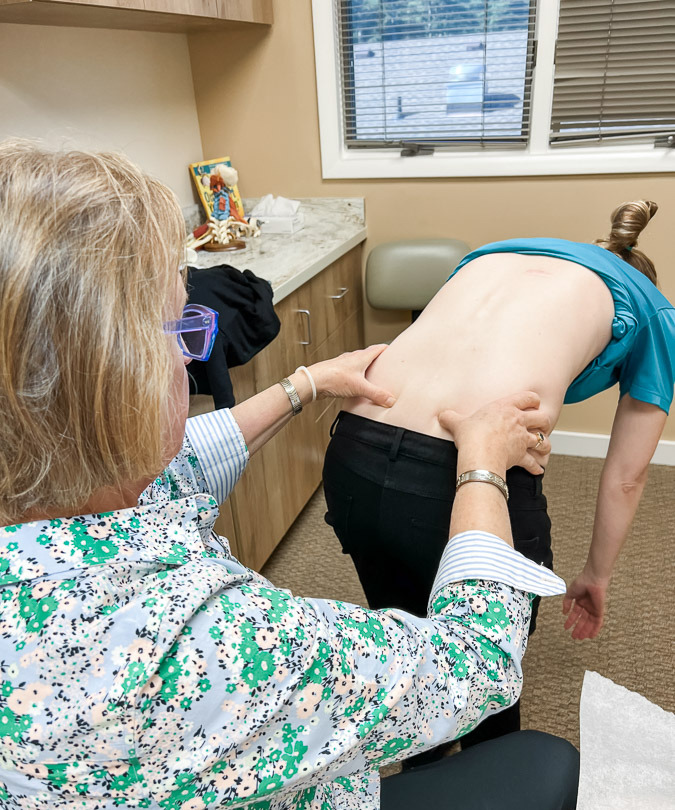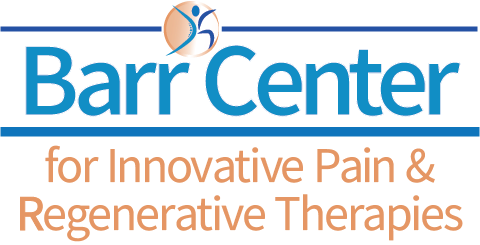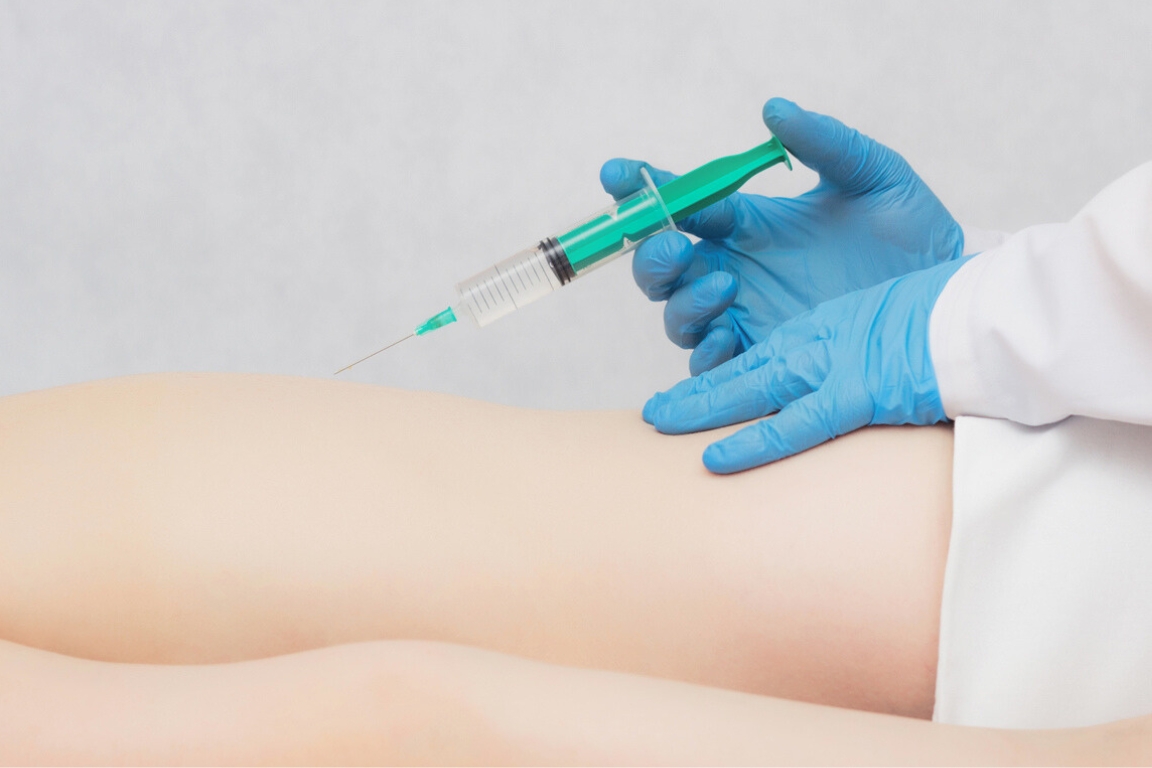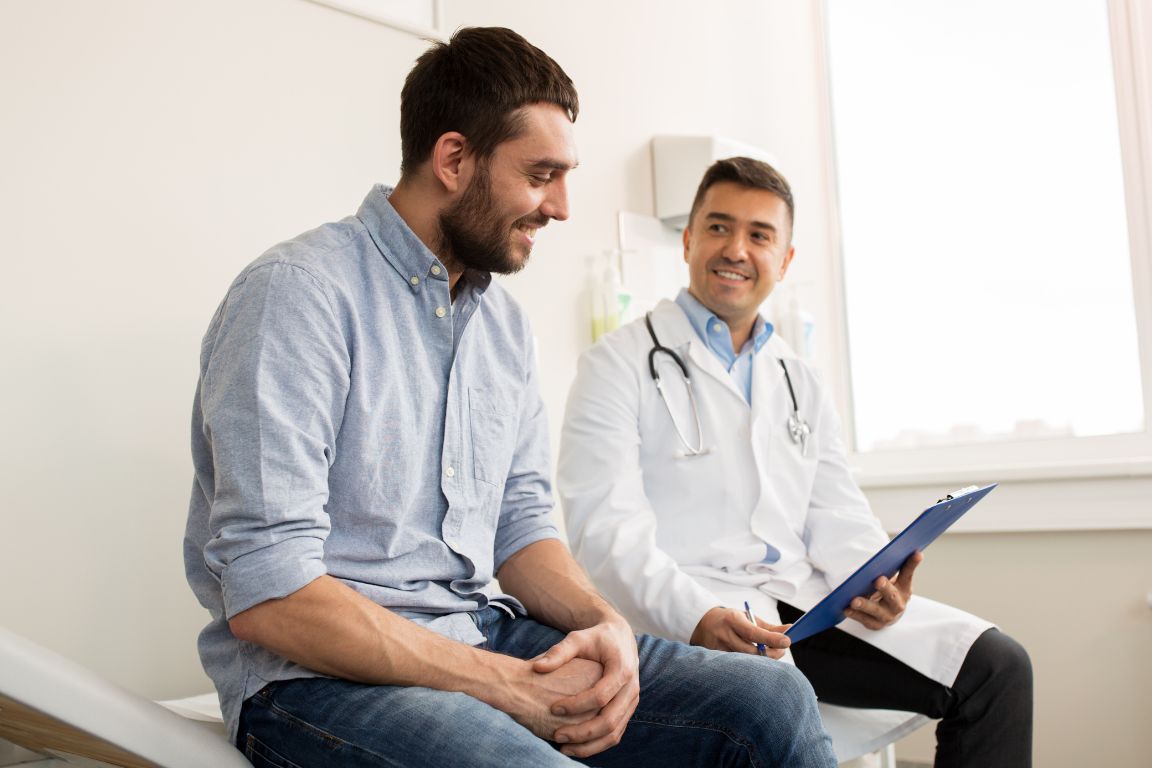
“If you would seek health, look first to the spine.” This quote, attributed to Socrates, speaks to the central role that the spine plays in our overall well-being. If the ancient Greek philosopher were around today, he might have added, “and also look to the hips because it’s all connected.”
If you are suffering from nagging hip or back pain, those words couldn’t be truer. In a condition called “hip-spine syndrome,” or HiSS, people often experience pain simultaneously in their lower back and hip area, making it painful to walk, sit and even sleep.
Medical researchers first identified HiSS in the early 1980s as a perplexing condition that is difficult to diagnose and treat. Especially as the Baby Boomer generation ages, the syndrome has become increasingly prevalent. Understanding its various causes, symptoms and treatment options is key to finding relief and improving your quality of life.
As pain management specialists, we at the Barr Center for Innovative Pain and Regenerative Therapies recognize the complex nature of lower body pain arising from hip-spine syndrome. Our patient-centric approach to lower back and hip pain relief begins and ends with you, the patient. If you think you might be suffering from hip-spine syndrome, we can help.
Our dedicated team will oversee your entire journey from diagnosis to treatment.
Our mission is to work a little “pain magic” at every visit, offering innovative, non-surgical and opioid-free therapies designed to bring you lasting relief. We also work collaboratively with many local providers to help produce faster results.

A closer look at hip-spine syndrome
HiSS typically causes pain in the hip and buttock areas. To diagnose the condition, we begin with a comprehensive biomechanical assessment. Diagnostic tests, such as X-rays or MRI scans, may be ordered to examine the spine, pelvis, and hips. Additionally, diagnostic ultrasound can help assess tendon dysfunction and bursitis. The causes of hip-spine syndrome vary and may include degenerative joint diseases like osteoarthritis in the hip or lumbar spine, alignment issues, muscle imbalances, poor posture, or compensation from previous injuries.
Symptoms to watch out for include pain in the lower back and hip region that can radiate down the leg, as well as pain that worsens with activity or prolonged sitting and lying on the painful side. Other signs include difficulty with hip movement, such as bending or rotating and stiffness in the lower back and hips.
Treatment methods
Most effective treatment options for HiSS are non-surgical and may include:
Ultrasound or X-ray guided steroid injections may help with bursitis and sacroiliitis. Prolotherapy injections address ligament and joint laxity and PRP (platelet-rich plasma injections) and PRFM (plate-rich fabric matrix) with or without ozone can be very helpful in healing worn and torn gluteal tendons.
One may also benefit from lifestyle changes such as maintaining good posture, sleep habits, limiting sitting and managing weight. It is also helpful to identify food issues that contribute to inflammation. Our affiliates at Hang 10 Drips IV Infusions & Wellness Solutions offer a “Healthy Start” program that focuses on food sensitivity and micronutrient assessment testing to help identify potential triggers and nutrient gaps.
Menopause-related hormone changes can also be a factor as estrogen plays a part in fighting inflammation. In more severe cases, spinal injections or lumbar spine surgery and hip replacement may be necessary.
Help is available
While chronic hip and back pain can feel overwhelming, it doesn’t have to be permanent. Pathways to relief can be found, whether through physical therapy, pain management or more advanced treatments. If you are living with pain, don’t wait a day longer. Contact us at the Barr Center and take the first step toward a more comfortable and active life.









